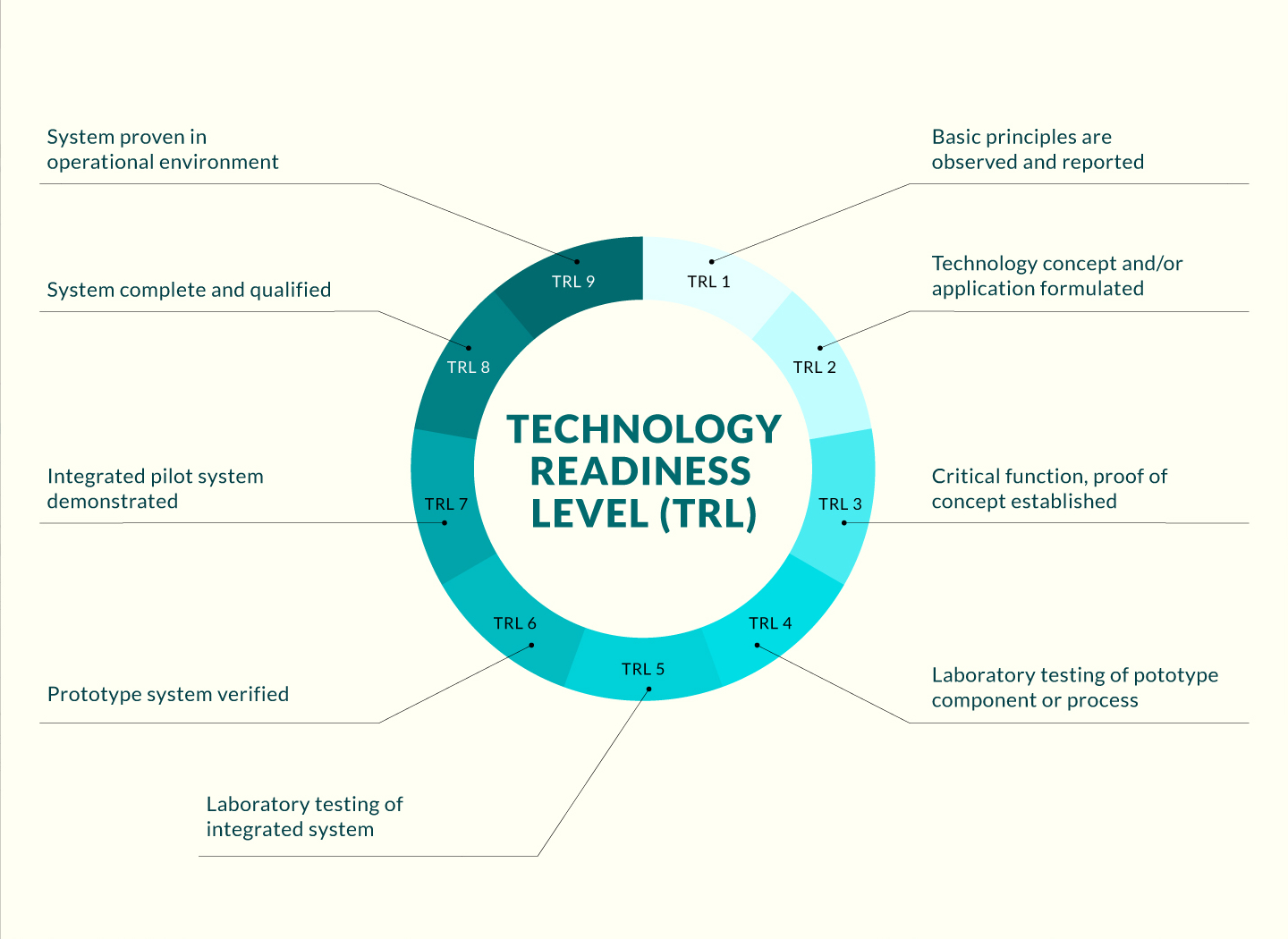
Opportunity
Solar energy is the most abundant and reliable renewable energy source, and it plays an important role in global carbon neutrality. Photovoltaic (PV) technology that directly converts solar energy into electricity has been the most efficient and commercialized route to utilize solar energy. Traditional silicon solar cells are the major solar cells in the current PV market from small-scale to unity-scale, but the development of silicon solar cells has reached a bottleneck where the efficiency and cost have been steady. Considering the future PV market, flexible PV technology is one of the most promising routes to commercialization. Compared with rigid crystalline silicon solar cells, light-weight flexible solar cells have a series of advantages, such as the ability to cover curved surfaces and lightweight for moveable power stations, which enable light-weight flexible solar cells to be applied in building integrated photo-voltage (BIPV) and wearable devices.
Technology
The innovation develops a flexible perovskite solar cell and its fabrication method. To achieve this goal, firstly, we designed and synthesized novel flexible perovskite materials with excellent optoelectronic properties and stability. Secondly, based on these flexible perovskite materials, we developed and optimized thin film deposition processes. Thirdly, we developed a novel interface modification technique for the flexible perovskite films, significantly improving the mechanical stability of the interfaces. Finally, the invention obtained the flexible perovskite solar cells with efficiency of 23.68% (certified efficiency is 23.35%) and power-per-weight of over 5000 W/kg. Moreover, the flexible perovskite solar cells show excellent stability under mechanical bending, with efficiency remaining above 91% of the original PCE even after 5000 bends.
Advantages
- High efficiency
- Lightweight
- Flexible
- Low cost
Applications
- Flexible wearable photovoltaic
- Building integrated photo-voltage (BIPV)
- Space photovoltaics
- Mobile devices
2. 4th Asia Exhibition of Innovations & Inventions Hong Kong (AEII) (2024) - Silver Award





